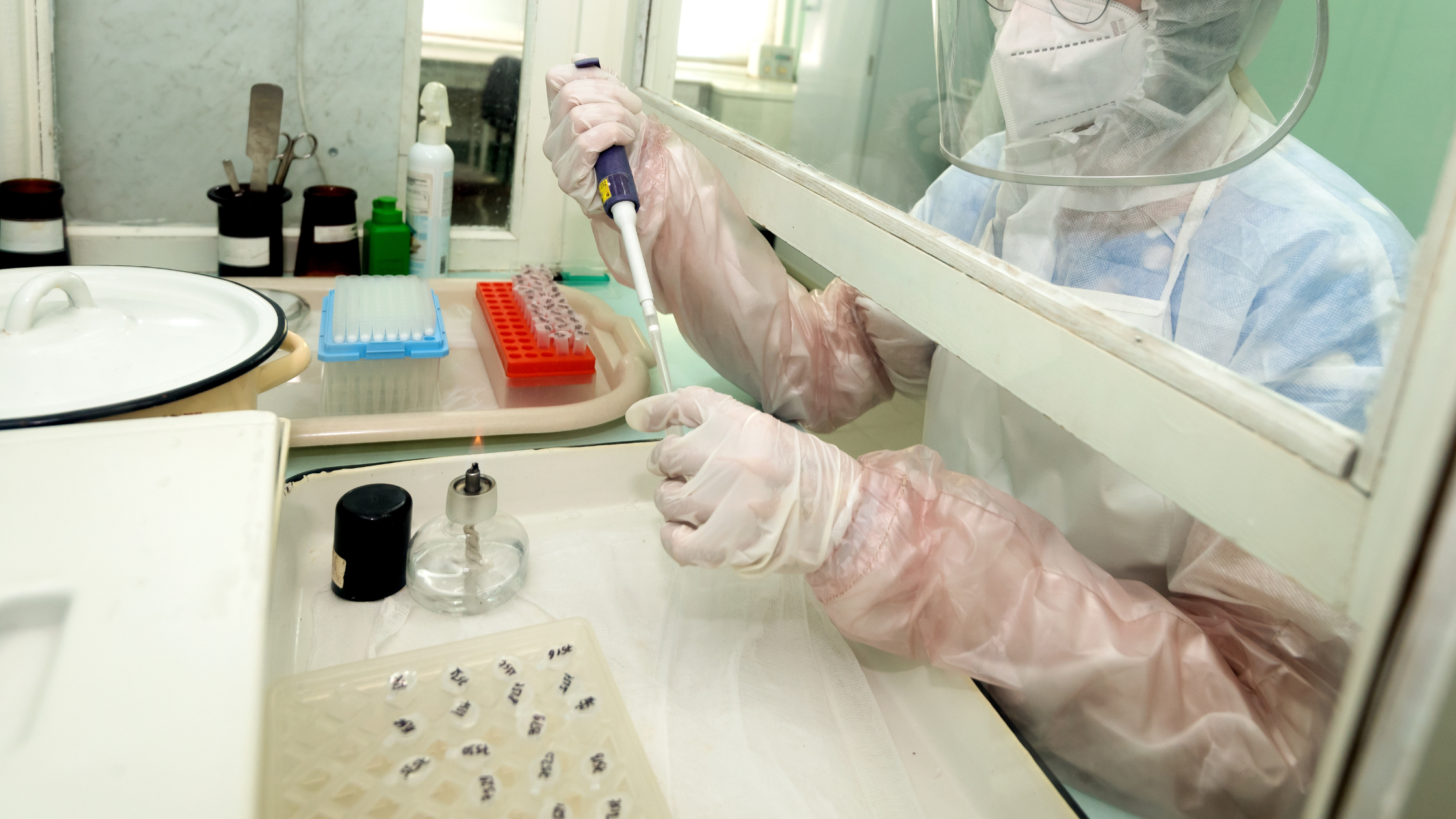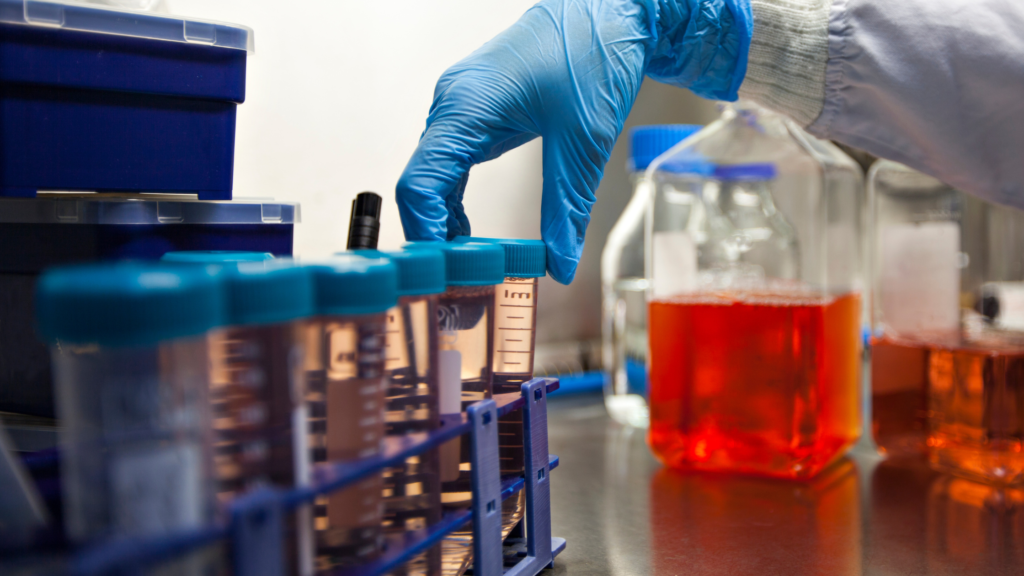Fume hoods play a crucial role in laboratories, ensuring the safety of researchers and scientists by shielding them from harmful chemicals and fumes. These vital tools create a secure environment for conducting experiments and chemical reactions. However, just like any other equipment, fume hoods can encounter problems and malfunctions that may affect their performance. In this article, we will delve into some frequent issues associated with fume hoods, including poor ventilation and concerns related to noise and vibrations.

Inadequate Ventilation
One of the primary functions of a fume hood is to provide proper ventilation by drawing air through the hood, capturing harmful fumes, and directing them away from the laboratory workspace. Inadequate ventilation is a prevalent problem that can have serious consequences. This issue may arise due to a variety of factors:
Blocked Airflow: Over time, debris and clutter can accumulate inside the fume hood, obstructing the airflow. Researchers should ensure that the interior remains clear and unobstructed. It is also important to make sure the ductwork is free and clear of blockages and leaks. If air is not moving into and through the fume hood at the appropriate speed (typically 80-120 ft per minute), it will not effectively contain hazardous fumes.
Exhaust Fan Malfunctions: The exhaust fan is a critical component of the fume hood’s ventilation system. If the fan fails or operates inefficiently, it can result in inadequate airflow. Regular maintenance and inspection of the exhaust fan are essential to prevent this problem.
Incorrect Sash Position: Fume hoods are equipped with an adjustable sash that controls the opening at the front. If the sash is positioned too high or too low, it can disrupt the airflow, reducing the hood’s efficiency. Users should be educated on the proper sash height for different tasks.
Airflow Turbulence: Turbulence inside the fume hood can disrupt the containment of hazardous gases. Whether it is obstructed airflow from debris and clutter inside the hood; or external air currents from pedestrian traffic and fast movements in front of the hood, such air turbulence can disrupt the hood’s airflow and release hazardous chemicals into the room.
Malfunctioning Fans
The fans inside a fume hood are responsible for maintaining a constant and controlled airflow. When these fans malfunction, it can lead to several issues. Worn or broken fan belts, rusting components, or deteriorating bearings or pulleys can lead to:
Uneven Airflow: Malfunctioning fans may result in uneven distribution of airflow within the fume hood. This can lead to localized exposure risks and compromised safety.
Unpredictable Ventilation: Fans that intermittently fail or have variable speeds can create unpredictable conditions inside the hood. Researchers may find it challenging to work safely in such an environment.
Noise and Vibration Issues
Noise and vibration problems may seem less critical than other fume hood issues, but they can impact the overall laboratory environment and researcher comfort:
Disruptive Noise: Excessive noise from a fume hood can be distracting and lead to communication difficulties among lab personnel. It may also indicate underlying problems with the fan or motor.
Vibration: Vibrations from a fume hood can affect sensitive equipment or delicate experiments. This can lead to inaccurate results and potentially hazardous situations.
Chemical Compatibility and Corrosion

Fume hoods are designed to withstand exposure to a wide range of chemicals. However, over time, exposure to corrosive substances can cause damage to the interior surfaces of the hood, compromising its integrity:
Rust and Corrosion: Prolonged exposure to corrosive chemicals can cause rust and corrosion on metal surfaces inside the fume hood or in the ductwork. Regular inspections and maintenance can help identify and address these issues to ensure compatibility with the chemicals being used.
Degraded Materials: Some materials used in fume hood construction may degrade when exposed to certain chemicals. This can result in cracks, leaks, or other structural issues that need immediate attention.
Maintenance Neglect
One of the most common problems with fume hoods is neglecting regular maintenance and safety checks. Proper maintenance is crucial to preventing many of the issues mentioned above. Laboratories should establish a maintenance schedule and ensure that trained personnel regularly inspect and service the fume hoods.
Fume Hood Challenges and Solutions
Fume hoods play a critical role in laboratory safety by providing a controlled environment for handling hazardous substances. However, as with any equipment, they are susceptible to common problems that can compromise their effectiveness. Inadequate ventilation, malfunctioning fans, noise, vibration issues, and chemical compatibility problems are among the most prevalent challenges laboratories face with fume hoods. To ensure the safety of laboratory personnel and the accuracy of experiments, it’s crucial to promptly tackle these problems with consistent maintenance and careful supervision. By doing so, laboratories can continue to rely on fume hoods as essential tools in their research and experimentation processes.
National Laboratory Sales is an Illinois-based company with over two decades of experience. Our mission is simple – we are dedicated to providing our clients with personalized service and innovative design solutions using premiere products. Whether you’re building a new lab or upgrading your existing one, you’ll find a remarkable selection of laboratory cabinets and fume hoods. Most of our items can be shipped quickly – in most cases less than two weeks. Contact us today.

